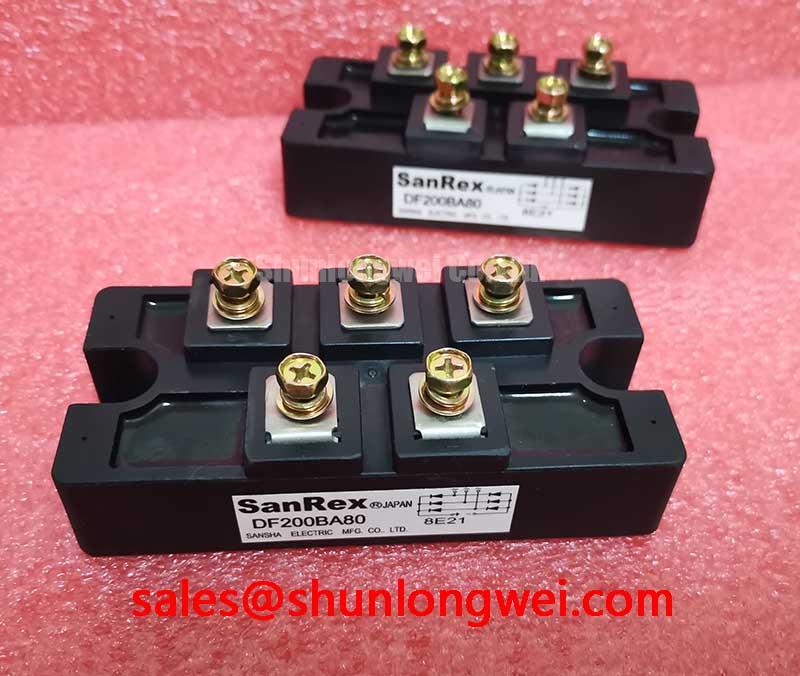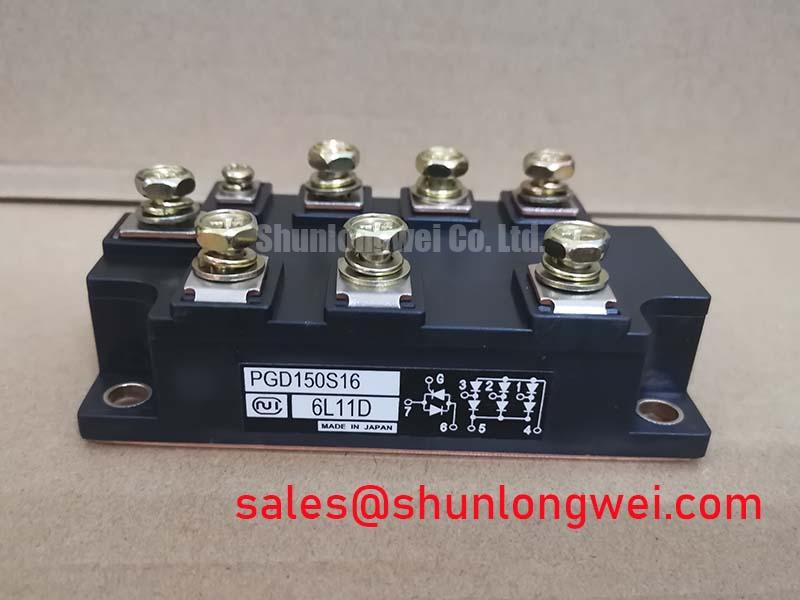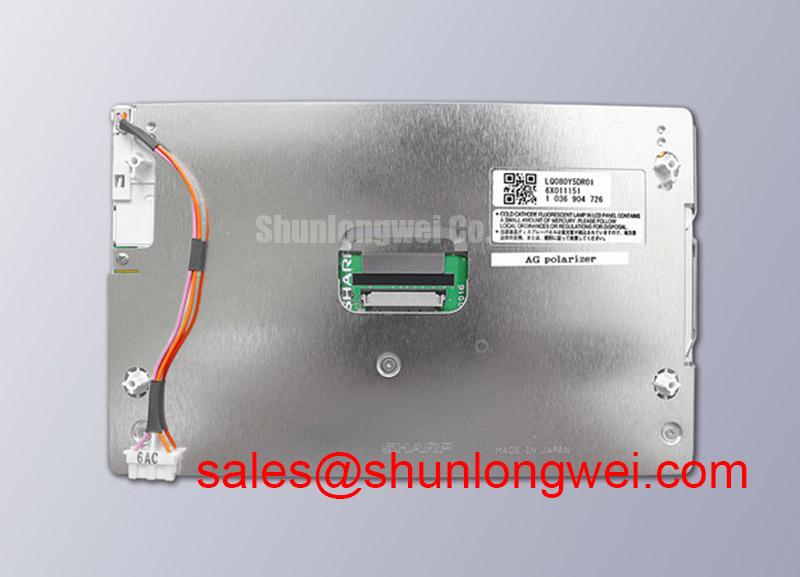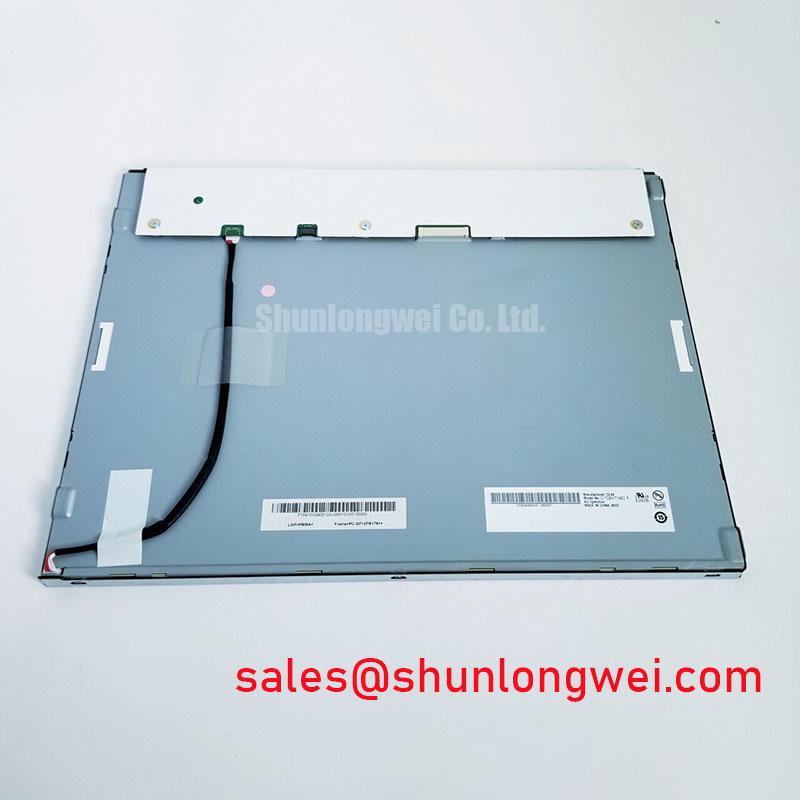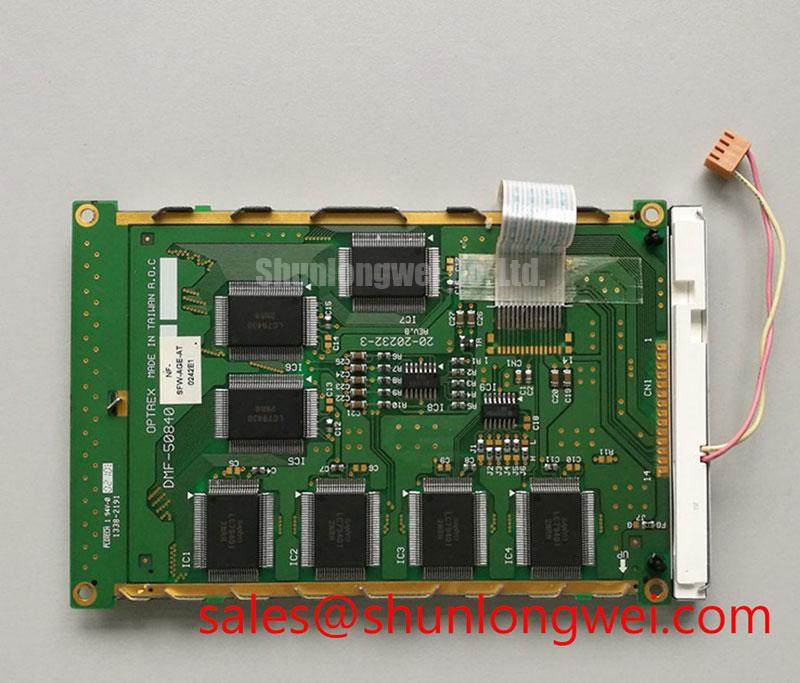MIG50Q7CSB1X | 1200V 50A CIB IGBT Module for Motor Drives
An Integrated Power Stage for Compact and Efficient Motor Control
Content last revised on October 9, 2025.
The Toshiba MIG50Q7CSB1X streamlines motor drive design by integrating a complete CIB (Converter-Inverter-Brake) power stage into one compact, high-performance module. This device features core specifications of 1200V | 50A | VCE(sat) 3.2V (Max), offering significant engineering benefits such as simplified system assembly and a reduced overall application footprint. This module provides an all-in-one solution for three-phase motor drives by incorporating the AC-DC converter, DC-AC inverter, and a dynamic braking circuit. For developing compact Variable Frequency Drive (VFD) systems up to approximately 22kW, the MIG50Q7CSB1X offers an optimal balance of integration and performance.
Application Scenarios & Value
System-Level Benefits in Industrial Automation and Servo Drives
The MIG50Q7CSB1X is engineered to solve core challenges in the design of modern, power-dense motor control systems. Its high level of integration makes it a primary choice for applications where space, assembly cost, and reliability are critical design drivers. This includes small-to-medium industrial machinery, robotics, material handling systems, and automated guided vehicles (AGVs).
A key engineering challenge in these applications is managing regenerative energy during rapid deceleration cycles. The MIG50Q7CSB1X's integrated brake chopper provides a seamless solution. During braking, the motor acts as a generator, creating a back-EMF that can cause a dangerous rise in the DC bus voltage. The internal brake circuit diverts this excess energy to an external resistor, ensuring controlled deceleration and protecting the system's capacitors and other components from overvoltage stress. This eliminates the need for a separate, external braking module, simplifying the bill of materials and the thermal management strategy. This integrated approach is a cornerstone of creating reliable and compact Servo Drive systems. For applications requiring higher power output within a similar integrated topology, the related MIG75Q7CSB1X provides a 75A current capability.
Key Parameter Overview
Functional Breakdown of Electrical and Thermal Specifications
The specifications of the MIG50Q7CSB1X are best understood by looking at its distinct functional blocks. The module's performance is defined by the capabilities of its inverter, brake chopper, and converter diode sections, all thermally coupled to a common baseplate.
| Electrical & Thermal Characteristics (Ta = 25°C) | ||
|---|---|---|
| Parameter | Specification | Conditions |
| Inverter Section (per IGBT) | ||
| Collector-Emitter Voltage (VCES) | 1200 V | VGE = 0 V |
| Collector Current (IC) | 50 A | Continuous |
| Collector-Emitter Saturation Voltage (VCE(sat)) | 3.2 V (Max) | IC = 50 A, VGE = 15 V |
| Brake Section (per IGBT) | ||
| Collector-Emitter Voltage (VCES) | 1200 V | VGE = 0 V |
| Collector Current (IC) | 50 A | Continuous |
| Converter Section (per Diode) | ||
| Repetitive Peak Reverse Voltage (VRRM) | 1600 V | - |
| Average Forward Current (IF(AV)) | 50 A | - |
| Thermal Characteristics | ||
| Thermal Resistance (Rth(j-c)) | 0.5 °C/W (Inverter IGBT) | Junction to Case |
| Operating Junction Temperature (Tj) | -40 to 150 °C | - |
Download the MIG50Q7CSB1X datasheet for detailed specifications and performance curves.
Technical Deep Dive
The Engineering Advantage of a CIB Topology
The CIB (Converter-Inverter-Brake) architecture of the MIG50Q7CSB1X represents a significant step up from discrete component designs. By co-packaging the three primary functions of a motor drive power stage into a single, thermally optimized module, several system-level advantages are realized. Firstly, the reduction in physical connections and the optimized internal layout dramatically lower stray inductance. This is a critical factor in mitigating voltage overshoots during high-speed switching, which can improve reliability and reduce the need for complex Snubber Circuit designs.
What is the primary benefit of its integrated brake chopper? It provides built-in protection against regenerative overvoltage without external hardware. Secondly, this integration simplifies the design of the gate driver circuitry and power bussing on the main PCB. This leads to a faster development cycle and a more compact end product. The integrated brake chopper acts like a safety valve for electrical energy. When a motor decelerates, it pushes a surge of energy back to the drive. The brake chopper safely diverts this surge into a resistor, protecting the system from overvoltage, much like a dam's spillway releases excess water to protect the structure. For further reading on module design, see how leading manufacturers like Fuji Electric approach their power module series.
Frequently Asked Questions (FAQ)
What is the primary advantage of the CIB (Converter-Inverter-Brake) topology in the MIG50Q7CSB1X?
The main advantage is system simplification. It combines three separate power stages into one component, which reduces the overall system size, lowers assembly complexity and cost, and enhances reliability by minimizing external power connections and associated stray inductance. This makes it an ideal foundation for compact VFD and servo drive designs.
How does the VCE(sat) of 3.2V (max) influence thermal design for a motor drive?
VCE(sat), or collector-emitter saturation voltage, is a direct measure of the power lost as heat when the IGBT is switched on (conduction loss). A lower VCE(sat) means lower heat generation for a given current. For a designer, the 3.2V maximum value provides a worst-case scenario for calculating heat dissipation, allowing for precise heatsink selection. This characteristic is crucial for ensuring the module operates within its safe temperature limits, as detailed in guides on preventing IGBT failure.
For inquiries regarding this component or to explore our broader portfolio of power modules, please contact our technical sales team for a detailed consultation on your application requirements.












